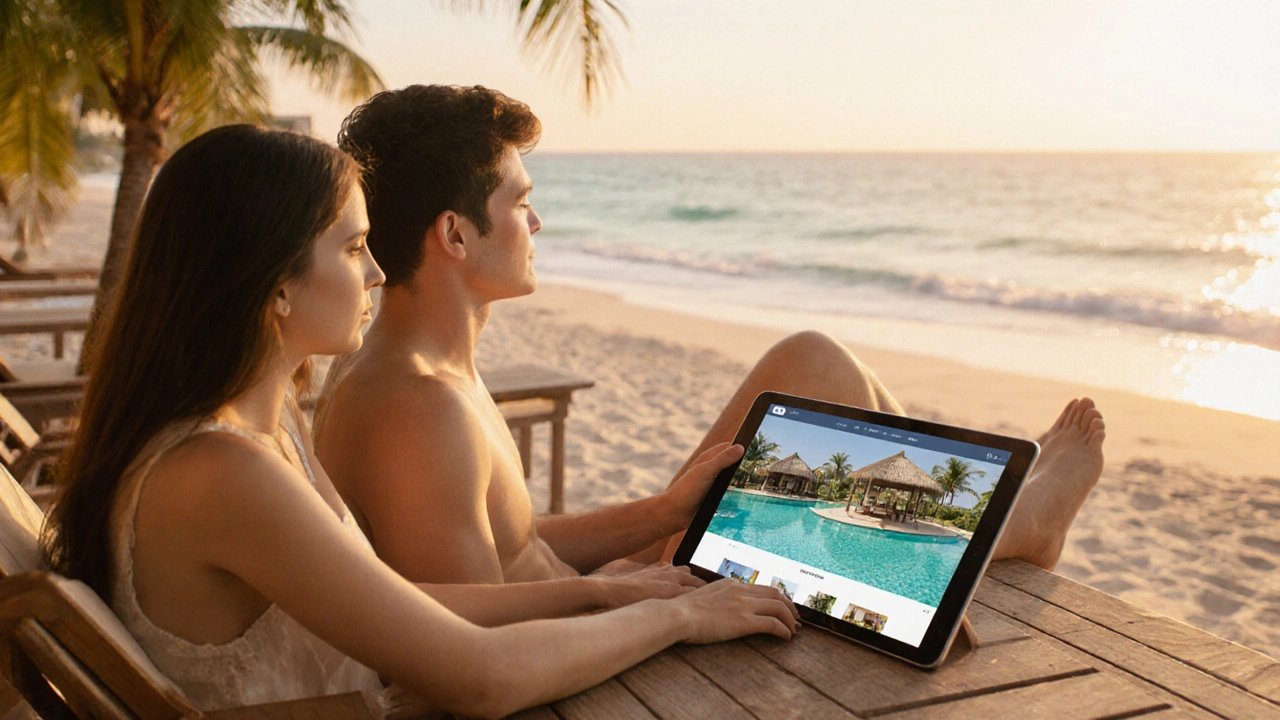Discover the true cost of an all‑inclusive resort in 2025, with regional price ranges, hidden fees, and tips to save on your next vacation.
Average All-Inclusive Resort Cost: What You Really Pay
When people talk about an all-inclusive resort, a vacation package that bundles lodging, meals, drinks, and often activities into one upfront price. Also known as all-inclusive vacation, it sounds like a no-brainer—pay once, relax forever. But the average all inclusive resort cost isn’t what you see on the website. It’s what you end up paying after taxes, mandatory tips, upgraded drinks, and optional excursions. Many travelers assume "all-inclusive" means everything is free. It doesn’t. It means everything is priced in—just not always clearly.
Here’s the real breakdown: a typical all-inclusive resort in Mexico or the Caribbean runs between $250 and $600 per person per night, depending on the season and how fancy the place is. But that number doesn’t include airfare, airport transfers, or the $15-per-person daily resort fee some places tack on for Wi-Fi and towel service. Then there’s the drinks. Basic alcohol is covered, but premium brands, imported beer, or cocktails with fancy names? Those cost extra. And if you want to go snorkeling, take a guided tour, or book a massage? Those are usually separate. Even tipping isn’t always optional—some resorts automatically add 10-15% to your bill, even if you didn’t ask for it.
It’s not just about money—it’s about control. At an all-inclusive, you’re locked into one place for the whole trip. You can’t easily hop to a local restaurant for authentic food. You can’t walk to a nearby beach if the resort’s is crowded. And if your kids hate the kids’ club or your partner hates the nightly shows? Too bad—you’re still paying for it. That’s why some travelers end up spending more than they planned, not less.
What makes one resort worth the price and another a waste? It’s the details. Does the resort include non-motorized water sports? Are the restaurants open late? Is there a real grocery store nearby if you want snacks? Do they offer free shuttle service to town? These aren’t fancy extras—they’re the things that turn a good stay into a great one. And they’re rarely listed in big bold letters on the booking page.
There’s also the hidden world of all-inclusive packages, customized vacation bundles sold by third-party travel agents or tour operators. Also known as vacation packages, these can look cheaper because they bundle flights and transfers—but sometimes they lock you into a resort you didn’t pick, or charge you for upgrades you didn’t agree to. A $1,000 package might seem like a steal until you realize it’s for a 3-star property with a 20-minute shuttle ride to the beach.
And then there’s timing. The resort hidden fees, unexpected charges that aren’t advertised upfront, like mandatory gratuities, service charges, or activity surcharges. Also known as hidden costs, these can add 20-30% to your total bill. They’re more common in peak season. Book in the shoulder months—late April or early November—and you’ll often get better rates, fewer crowds, and less pressure to spend extra.
So what’s the real average? It’s not one number. It’s a range shaped by location, season, how picky you are about food and drinks, and whether you’re okay staying put or want to explore. The best way to know what you’re paying for? Read the fine print. Call the resort and ask: "What’s not included?" That’s the question that saves money.
Below, you’ll find real guides that cut through the marketing noise—how to pick the right resort, what to tip (and when), which months are cheapest, and the sneaky downsides most travel blogs won’t tell you. No fluff. Just what you need to know before you book.
